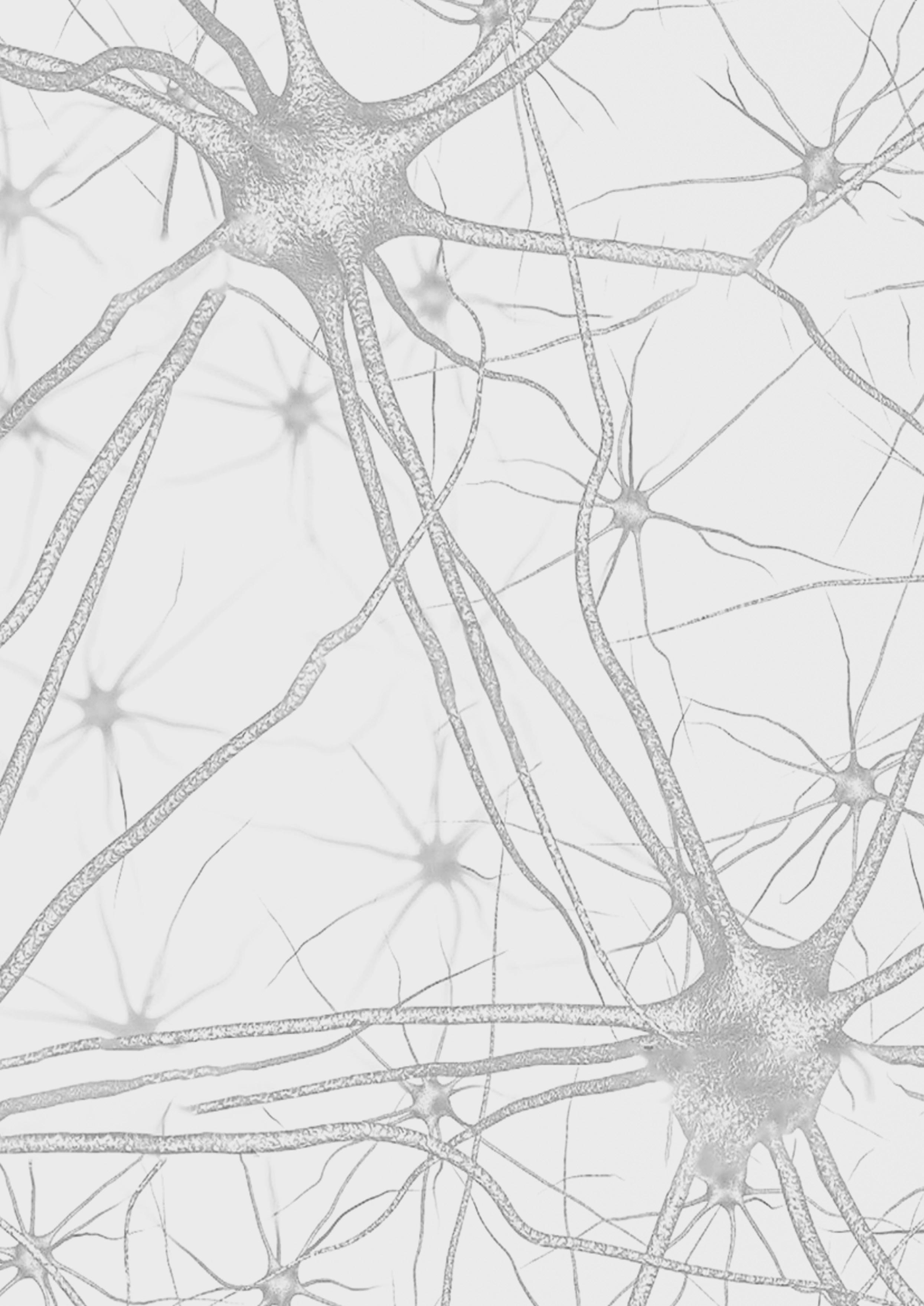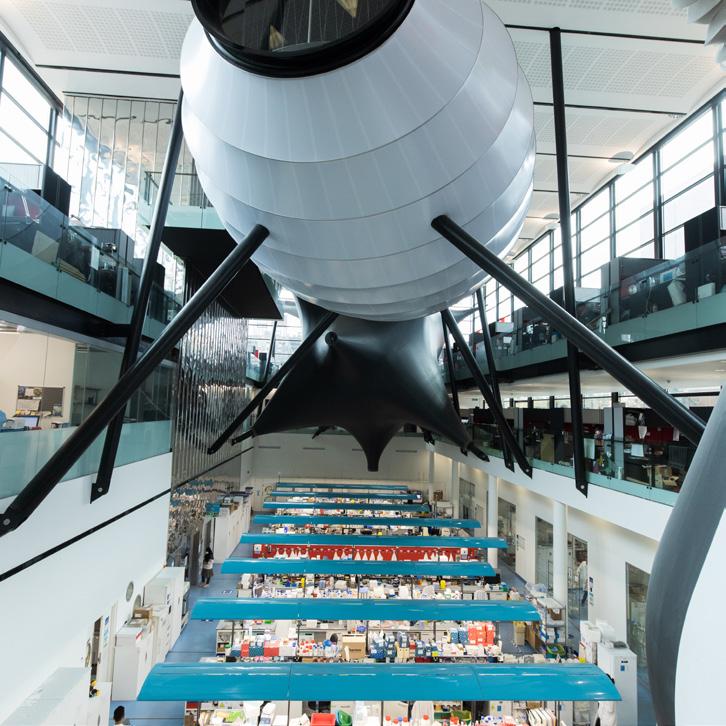
3 minute read
Operations and Financial Review (continued)
Queen Mary University of London
The Brain Tumour Research Centre at Queen Mary University of London is a partnership between The Blizard Institute at Queen Mary and The National Hospital for Neurology and Neurosurgery, Queen Square, London. The main goals of the Research Centre at Queen Mary are to develop novel therapeutic approaches for brain tumours. The team primarily focuses on research into glioblastoma (GBM), the most common and aggressive form of brain tumour in adults. The Research Centre is also applying innovative approaches to develop new treatments for childhood tumours such as medulloblastoma and ependymoma tumours.
The Research Centre at Queen Mary has established an entirely new experimental research pipeline to collect and analyse cells derived from brain tumour tissue. Using a combination of laboratory work and sophisticated analytical computer programs, the team is already identifying key molecular differences that can potentially be exploited to find a cure.

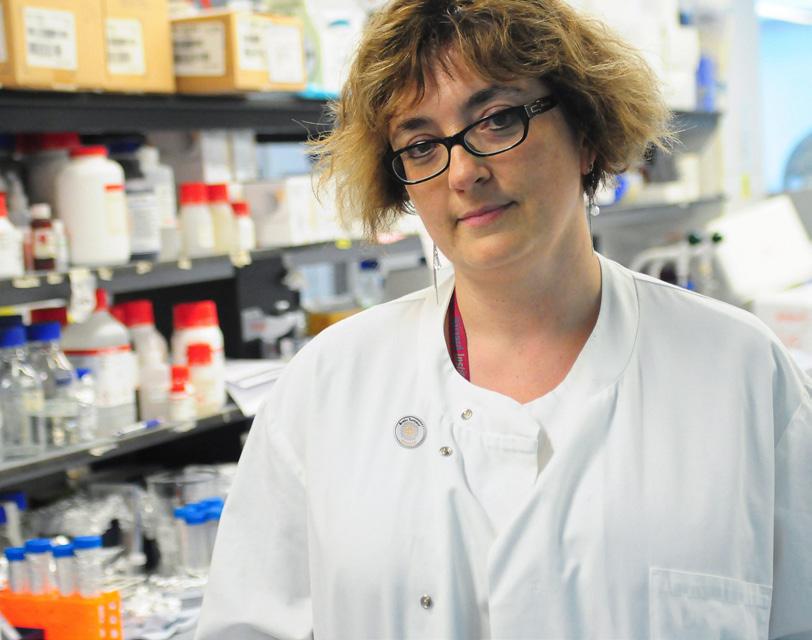
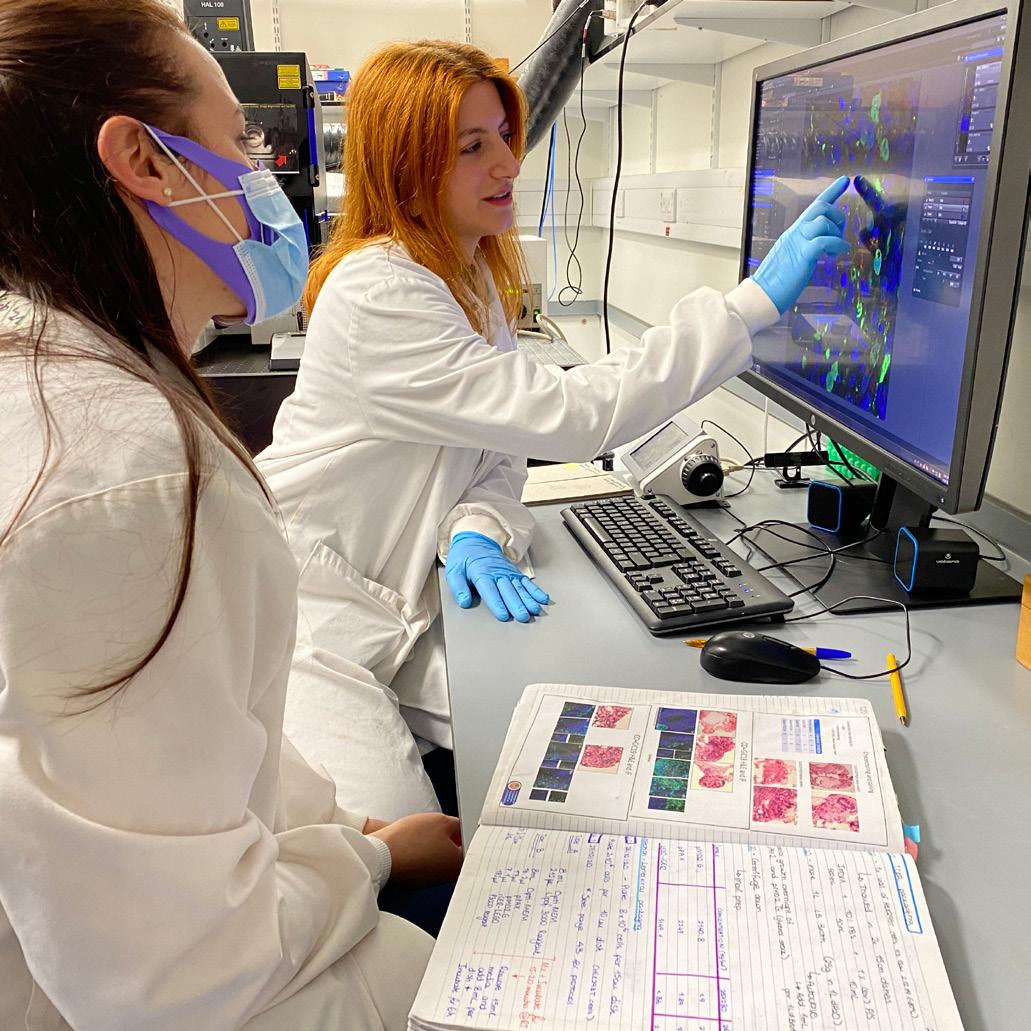
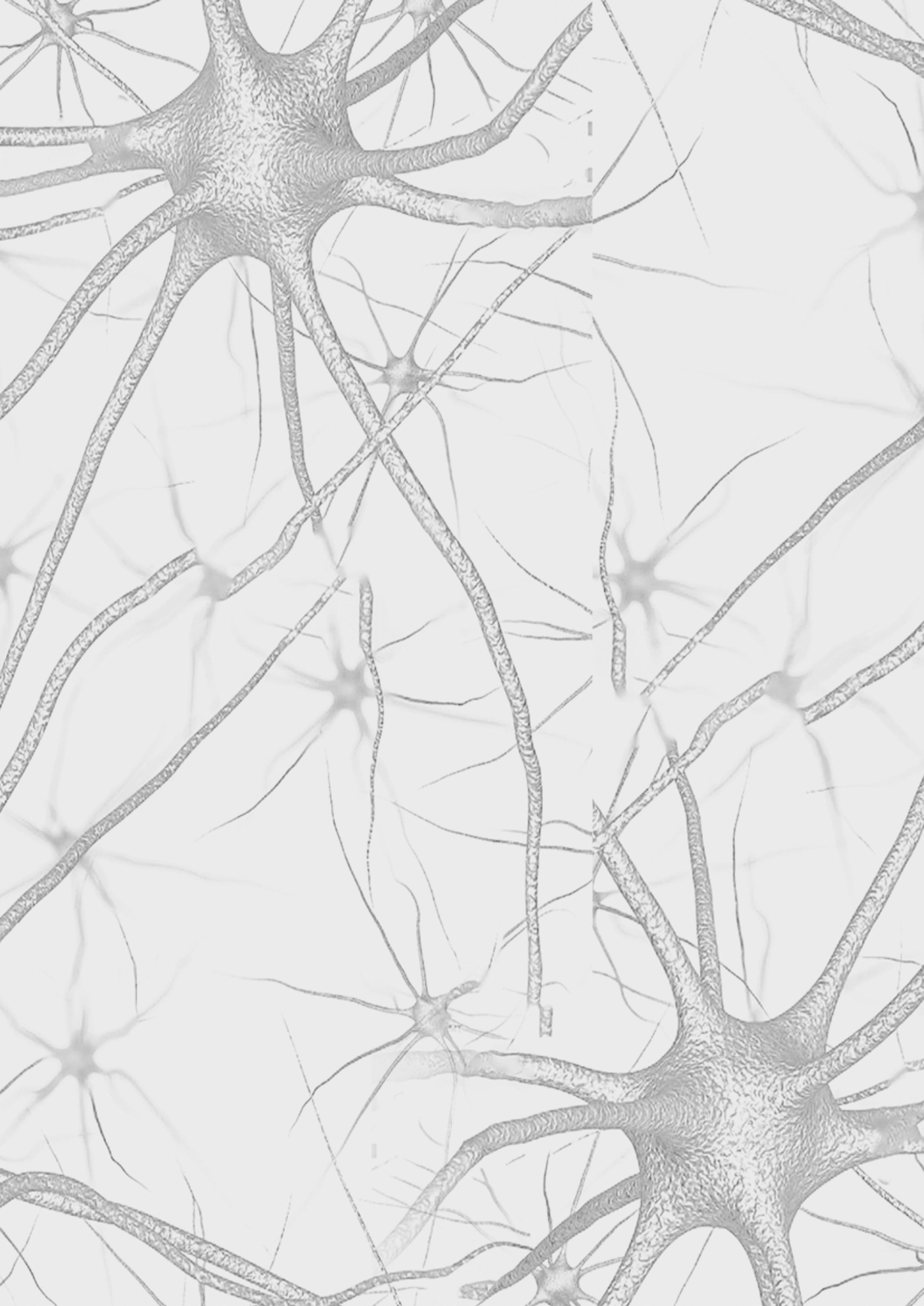
This new system enables the comparison of normal and malignant cells from the same patient, helping to identify genes that play a role in GBM growth. Using this technique, they study changes in the function of genes that do not entail a change in the genetic code (epigenetics). This clever method seeks to identify new targets for individualised drug treatments.
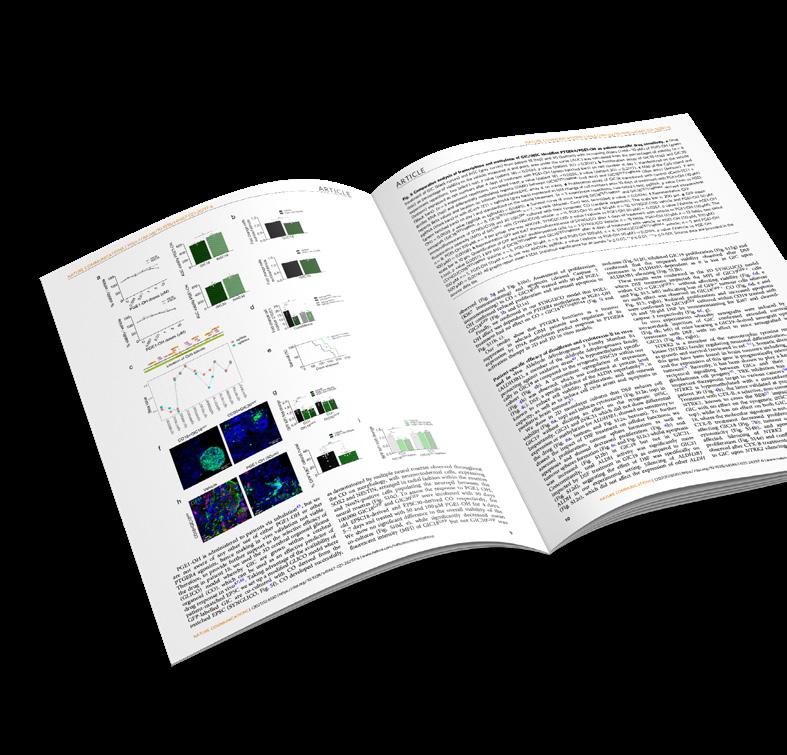
Using this pipeline in a trial involving 10 patients, the team revealed new insights into how GBM develops, identifying potential new targets for individualised treatments. It could also help predict a patient’s response to drugs currently in clinical use for other diseases, which would be extremely valuable as the average survival time for
GBM is just 12 to 18 months. Their paper, Comparative epigenetic analysis of tumour initiating cells and syngeneic EPSC-derived neural stem cells (SYNGN) in glioblastoma, was published in the high impact journal Nature Communications
Research focused on medulloblastoma – the most common highgrade brain tumour in under 16s – showed that those with a specific sub-type of the disease could benefit from a new combination of treatment. If further studies are positive, it could see children with this tumour subtype treated with a new combination of drugs which it is hoped would prove less harmful and lead to a better quality of life. The study is published by the journal Neuro-oncology
The Research Centre at Queen Mary has been very successful in securing additional funding from the University and from elsewhere. On top of the £4 million awarded to the Centre by Brain Tumour Research, it has secured a further £11 million from other sources including Queen Mary, Cancer Research UK, the National Institute for Health Research (NIHR) and the Barts and the London Charity. With research income totalling £11 million, every £1 awarded by Brain Tumour Research has leveraged a further £2.75 from other sources.
University of Plymouth
The Research Centre at the University of Plymouth concentrates on low-grade brain tumours, particularly meningioma, which is the most common primary intracranial brain tumour. Led by Professor Oliver Hanemann, the Centre incorporates three research groups investigating how tumours initially arise and how low-grade tumours develop into higher grade ones.
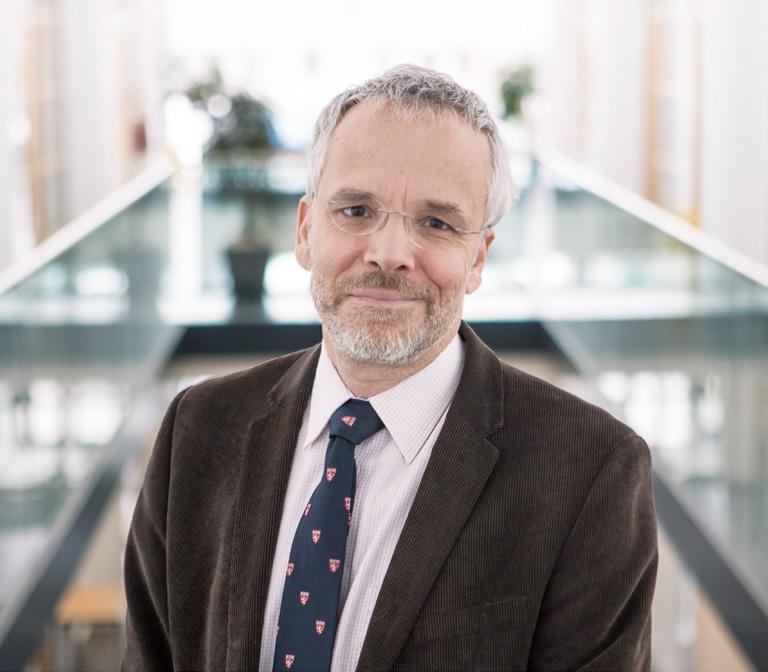
A further aim of the Research Centre is to identify biomarkers that are linked to low and high-grade tumours, enabling the stratification of tumours into specific subtypes. The Centre also seeks to identify and validate new drug targets for meningioma using cell culture models.
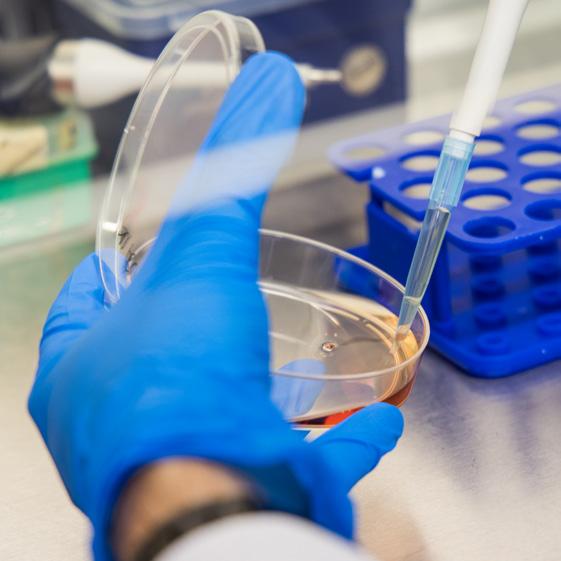
The Centre has strong links with clinicians at the local hospital in Plymouth and also in Bristol. The Brain Tissue Biobank at the University of Plymouth holds tumour tissue, blood and associated clinical data, facilitating translation into clinic.
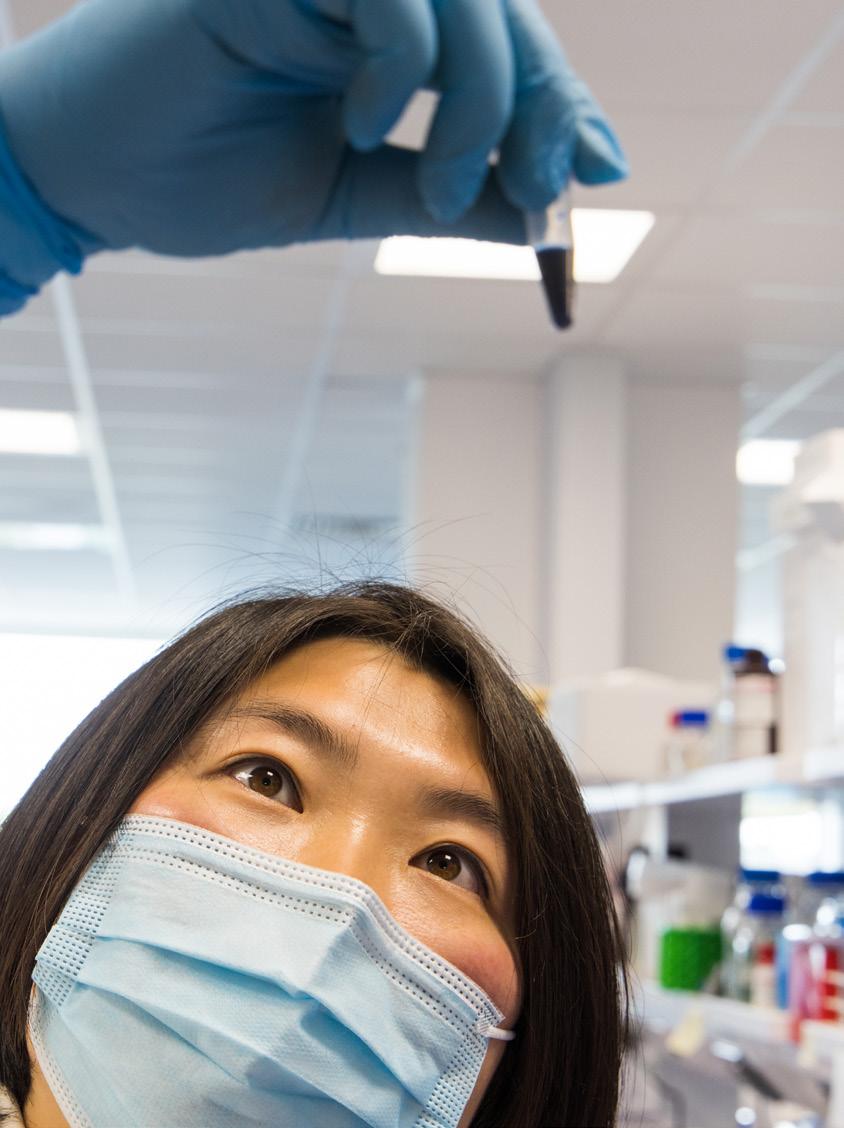
This year the Centre has published four manuscripts. These include reporting on a new breakthrough that could see drugs developed to treat AIDS and HIV used to treat low-grade brain tumours. The discovery is significant because, if further research is conclusive, the anti-retroviral drugs could be prescribed for patients diagnosed with meningioma and acoustic neuroma (also known as schwannoma).
In this study the team investigated the role that specific sections of our DNA play in tumour development. Named ‘endogenous retrovirus HERV-K’, these sections of DNA are relics of ancient infections that affected our primate ancestors, which have become stable elements of human DNA. The team showed that high levels of HERV-K proteins were present in meningioma and schwannoma cells obtained from patients. The team was also able to identify molecular events that may enable HERV-K proteins to stimulate the growth of these tumours. Furthermore, several drugs were identified that target these proteins, reducing the growth of schwannoma and grade 1 meningioma cells in the laboratory. Significantly, these drugs – the retroviral protease inhibitors ritonavir, atazanavir, and lopinavir – have already been approved for use in the treatment of HIV/AIDS in the USA and are also available in the UK. These results revealed HERV-K proteins to be critical regulators of growth in tumours that are deficient in Merlin.
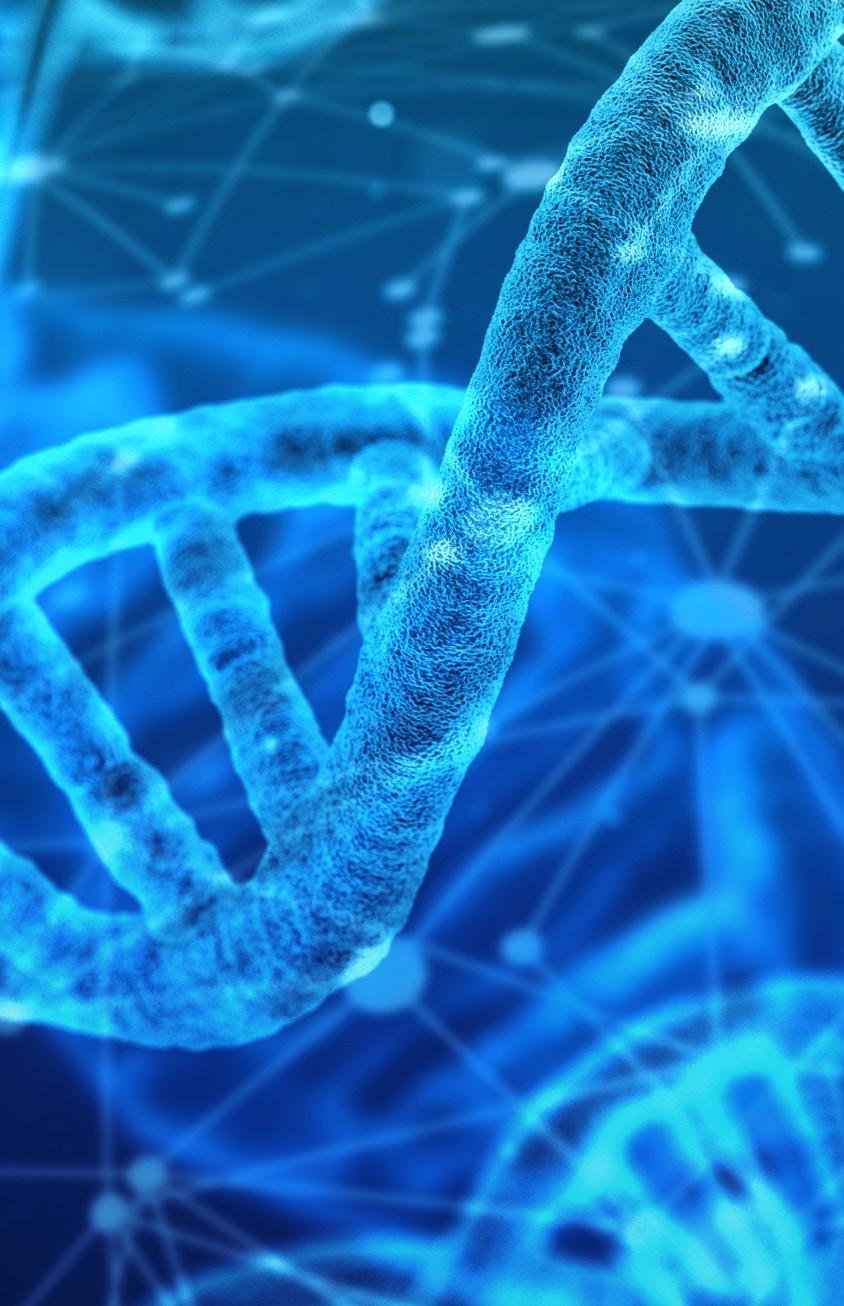
Another paper, published in the influential journal Neurology, highlights the importance of personalised medicine in developing more effective, targeted treatments for the nervous system disorder neurofibromatosis (NF). The publication is of significant interest to the brain tumour community because as many as 9% of patients diagnosed with a particular form, NF1, go on to develop brain stem glioma. It describes how our increasing understanding of the genetic changes that contribute to NF1 and NF2 can be valuable for identifying specific subtypes of disease. This seems to be more straightforward for NF2, where analysis of known genetic changes has helped to devise the severity score (mild/moderately severe/severe).
This year, the Research Centre at Plymouth has been very successful in attracting over £1.8 million in funding from a range of sources, including government and charities.
